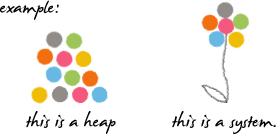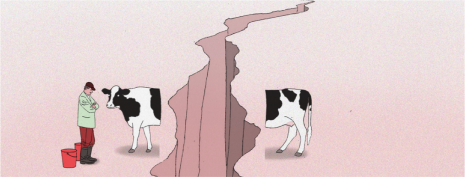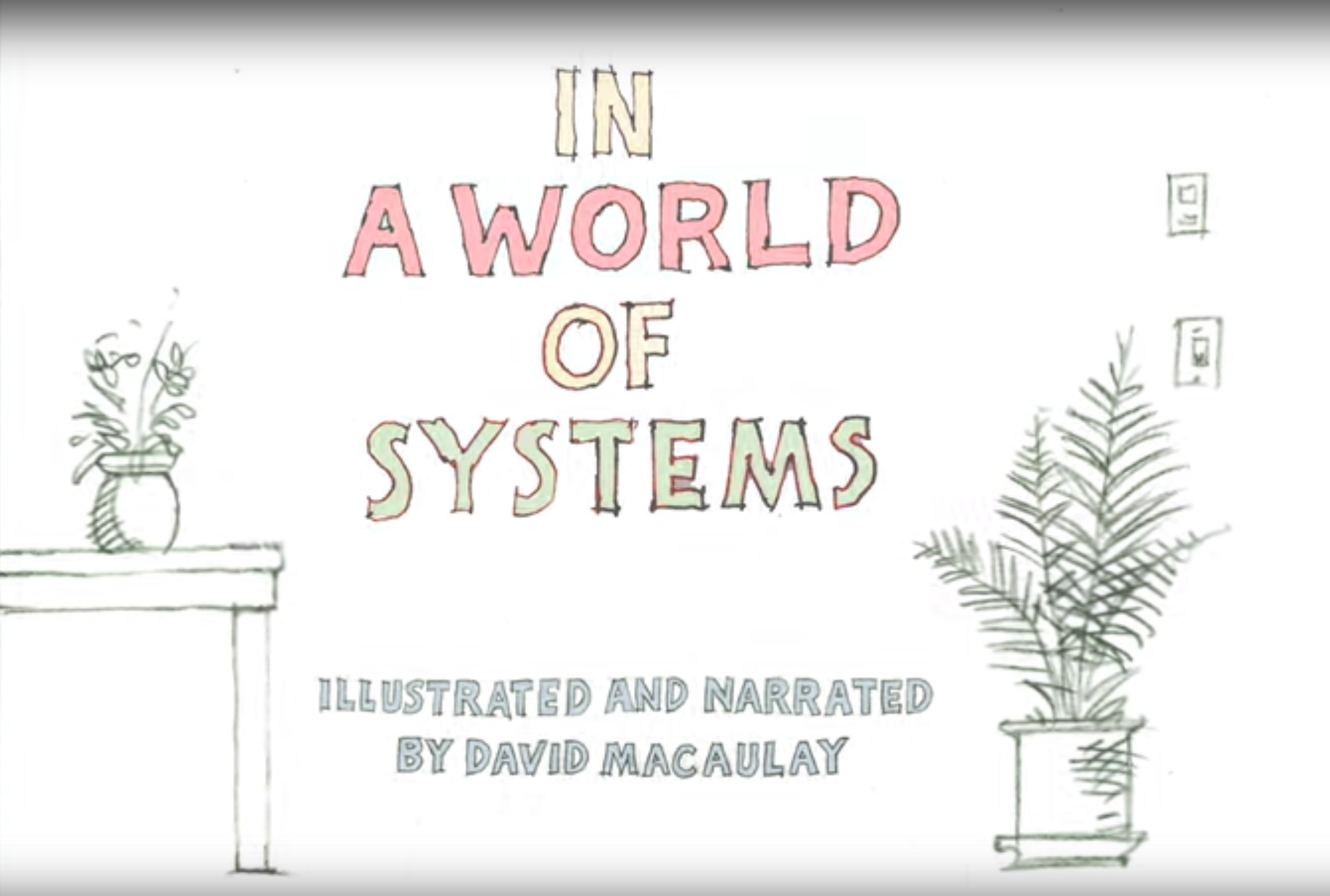Systems change. That’s a phrase I’m hearing more and more. And I wonder, where our next generation of leaders learn to drive this kind of change, the systems kind, where nothing stands alone and actions leave tracks? Where will they learn to connect the dots, discovering as they do force multipliers among seemingly disconnected issues like education reform, climate change, electoral reform, racism, violence both local and global, and inequities of every kind, among other pressing issues of our day? 
We know these challenges don’t occur in a vacuum. Climate change displaces people, which exacerbates poverty and conflicts among classes, races, and religions, which makes it harder to stop or reverse climate change, and so on and so on.
To transform systems, we need to make them visible. We need to see how seemingly unrelated things affect one another. We need narratives and visuals that reflect the complexity of our world; and we need to truly understand what it takes to transform and renew systems.
My hope for any anyone who wants to change the world is this: Understand in your bones what Martin Luther King called the “interrelated structure of reality.” Many, many others have made the same observation. Wise author, Joseph Campbell, once said: “People who don’t have an understanding of the whole can do very unfortunate things.” I want us to flip that: People who understand the whole can do very fortunate things!

As leaders working to create systems change, we need to know the difference between a system and a heap (image from www.lindaboothsweeney.net).
Here’s the challenge: most of us get that everything is connected to everything else. Yet we often act just the opposite: We act as if we are separate from the natural world in which we live. We inadvertently play whack-a-mole, legislating policies to solve one problem only to cause other problems somewhere else. We design products that serve some practical purpose but simultaneously harm our planet. Just think of the number of road-building programs meant to reduce congestion that have actually ended up increasing traffic, delays and pollution.
In some ways, this shouldn’t come as a surprise. Much of our education remains focused on discrete disciplines (e.g., math, science, engineering) that train students to “solve” problems with highly focused technical skills and no understanding of how their technical solutions impact other problems in what are always tightly interconnected systems.
So, where do you start? Understanding context is key. For me, I get to context by gathering up all the pieces I see, connecting them to each other, and reconnecting them to a larger whole. It’s much like putting together the many different pieces of a puzzle in order to discover a larger picture or meaning than any one piece alone could reveal. This usually means you need to reach across boundaries and across sectors and engage as many voices and differing perspectives as you can.
Whether I’m working with a community, an organization, a school, or even my own family, the result is a greater sense of health and vitality. Indeed, the root of the word health comes from the Old English hǣlth, which is related to the word whole. I’ve seen this over and over, which is one of the reasons why I’ve been at this systems thinking idea for so long.
To truly transform systems, we all need to learn how to embrace ambiguity, to make friends with failure, to understand that our inner journey is inextricably linked to our external success, and to no longer blame a single cause for some outcome. We must learn to look deeper, to look for all those hidden causes that are interconnected and together produce and perpetuate those symptoms or outcomes we don’t like.
And, if you can do all of this with a committed, diverse group of people with a common focus on transforming what Russ Ackoff called wicked messes or my friend and colleague Sara Schley calls painful persistent problems? Your experience and your result will be all the better.
I’m working now on a systems “playbook” for young leaders working to make systems-driven change. If you’re applying (or interested in applying) an an understanding of complex systems into learning, decision making and design, be in touch. I’m eager to hear from you.
If you haven’t yet, take a look at:









